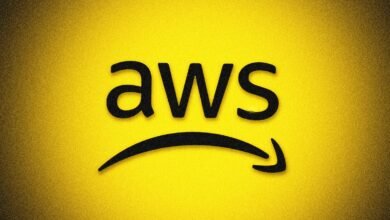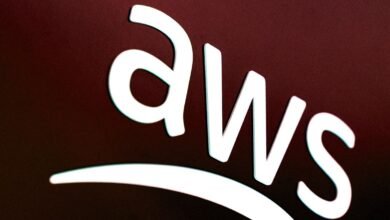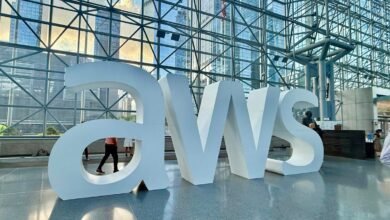Your Desk is Everywhere Now: Microsoft’s DaaS Revolution

▼ Summary
– The traditional physical computer is being replaced by Desktop as a Service (DaaS), which provides access to a full work environment from any device via the cloud.
– DaaS offers significant benefits including enhanced security, simplified IT management, and the flexibility to work seamlessly from any location.
– Microsoft is a leading provider with two main services: Windows 365 for a straightforward personal cloud PC and Azure Virtual Desktop for customizable enterprise solutions.
– These services integrate smoothly with familiar tools like Microsoft Teams and Outlook, making the transition feel natural rather than disruptive.
– AI-powered tools like Copilot are being integrated to automate tedious tasks, such as summarizing reports or organizing data, enhancing productivity without replacing human input.
Computer Left the Building
Remember when your work computer was that beige box under your desk? Those days are over. Your computer isn’t a thing you carry anymore; it’s more like a channel you tune into.
That’s the big idea behind Desktop as a Service, or DaaS. Think of it like Netflix, but for your entire work life. Your apps, your files, your specific setup, it all lives securely in the cloud. Your laptop, tablet, or even phone is just the remote control that lets you access it. Forgot your laptop at home? No sweat. Just log in from another device and pick up right where you left off.
This shift is happening because it finally solves real headaches for everyone. For companies, it means they can secure everything in one place instead of worrying about a dozen lost laptops. For the IT team, it’s a dream, they can update and fix things for everyone at once, without having to run around the office. And for you? It’s the freedom to work from anywhere without feeling like you’re missing something.
It’s not science fiction; it’s quickly becoming the new normal for how we get things done.
Microsoft’s Quiet Revolution (No Hard Hat Required)
Okay, so the cloud desktop is a great idea. But making it actually work, feeling familiar, secure, and not laggy, is the real trick. This is where Microsoft has been putting in the work, and even the stuffy analyst reports at Gartner have noticed, naming them a leader three years running.
Their playbook is surprisingly simple: make it feel seamless, not sci-fi.
They offer two main paths:
- Windows 365 (The “It Just Works” option): This is your personal work PC, hosted online. You turn it on and it’s exactly how you left it, every time. Microsoft handles all the tech stuff in the background.
- Azure Virtual Desktop (The “Custom Shop” option): For bigger companies that need to tinker under the hood, this gives them the tools to build a tailored solution for thousands of people.
The real genius isn’t the tech itself, but how it fits into the flow of your workday. It plugs directly into the tools you already know, like Teams and Outlook. It’s managed through the same system your company likely already uses. It feels less like a revolution and more like a natural next step.
Microsoft’s goal isn’t to amaze you with complexity, but to give you a sense of ease and consistency, no matter where you’re logging in from.
Beyond the Hype: Tools That Actually Help
Whenever a big tech company talks about the “future of work,” it’s easy to tune out. But strip away the buzzwords, and there’s a simple question: does this make my actual day-to-day better?
The promise of weaving AI into our digital workspace is that it moves from being just a place to work to being a partner in work. This is what Microsoft is betting on with Copilot.
Forget the grand visions for a second. Think practical:
- That massive report you dread compiling? Instead of digging through ten different files, you could ask Copilot to find the key points and summarize them for you.
- Need to pull numbers from a messy spreadsheet for a last-minute presentation? It could organize it into a clear chart in minutes, not hours.
- Security tools work quietly in the background, learning what normal looks like so they can spot weird activity before it becomes a real problem.
The cloud desktop is the foundation, it gets your digital desk to you anywhere. But the real value is populating that desk with tools that save you time and mental energy. It’s not about being replaced by a robot; it’s about having a really smart assistant that handles the tedious stuff, so you can focus on the parts of your job that need a human touch.
The idea is not to serve a distant digital overlord, but to have technology lend a helping hand in our daily lives.





